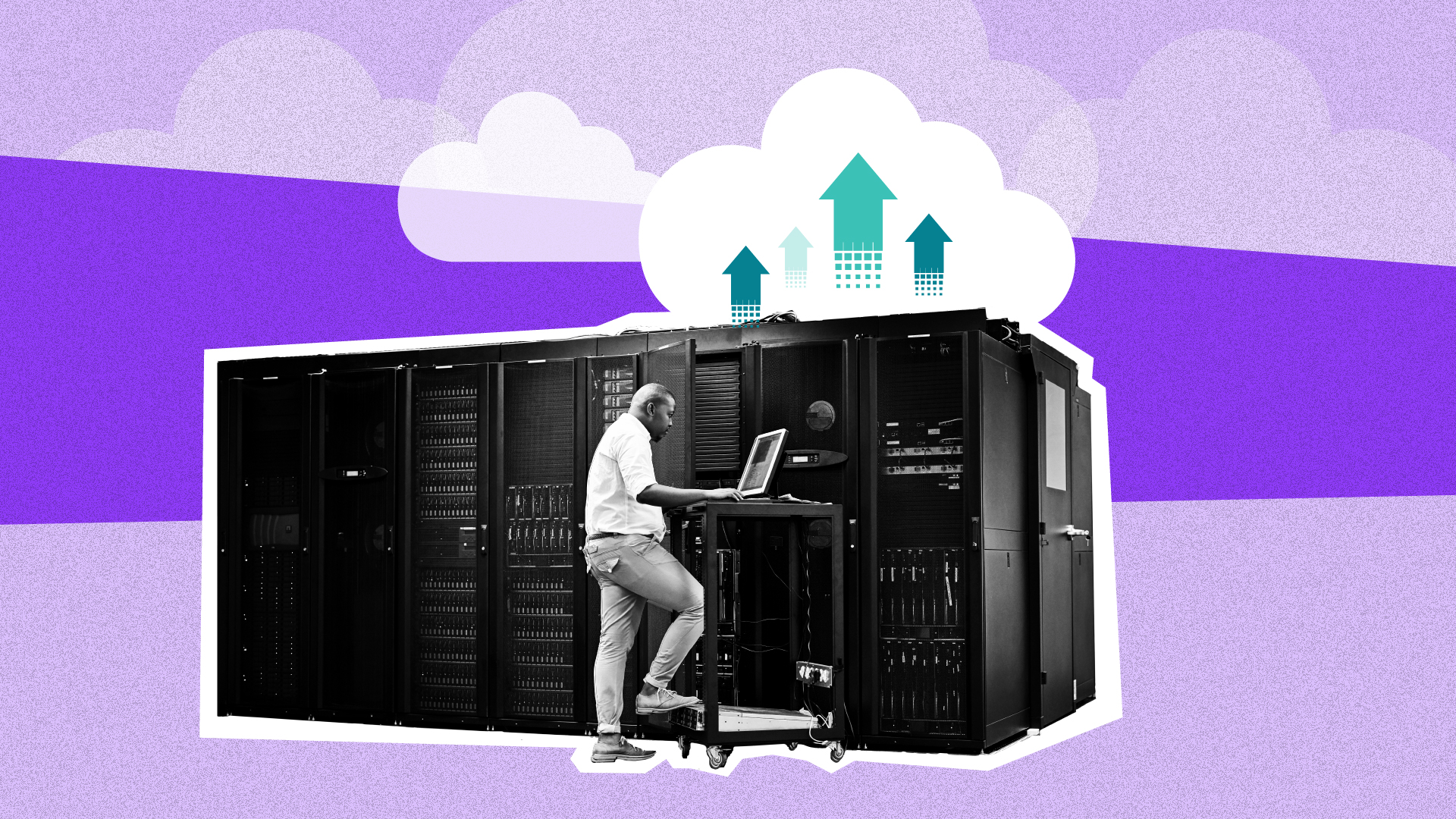
What stops you from using your trusted mainframe to innovate in the cloud? There are some challenges, and they begin with data integration.
For most organizations, achieving digital transformation involves a hybrid of on-premises systems and the cloud. You need both: Existing on-premises platforms deliver reliability and performance for business continuity, while cloud services offer a compelling value proposition for innovative applications and on-demand elastic infrastructure.
But for this hybrid model to work smoothly, you must have an integration solution to overcome four common challenges:
- Connectivity: Getting data access for mainframe, mid-range, desktop and cloud platforms
- Latency: Bringing together a world of varied data structures in a data warehouse or data lake fast enough to enable real-time dashboarding, analytics and streaming analytics
- Transformation: Transforming data in flight beyond simple extract, transform, load (ETL) processes, both to change metadata and to support compatibility between cloud-based data warehouses, legacy and non-relational data sources.
- Simplicity: Finding a single, reliable, cost-effective solution to connect data across cloud and on-premises environments that is easy to implement and update.
In other words, you need a data integration solution that keeps your cloud data in sync with your mainframe or legacy systems of record, using minimal resources. The best approach enables you to easily move, sync and replicate data between on-premises infrastructure and the cloud, so you can make the most of your data wherever it resides, no matter which application or tool needs it.
Cloud and legacy, working together
The value in legacy: While cloud applications and databases grow by leaps and bounds, your organization and others will have compelling reasons to keep on-premises systems. Between 40-80% of enterprise data either resides or originates on the mainframe, and some 70% of the Fortune 500 use mainframes for core business operations. These systems offer fast, reliable performance, with decades of investment in unique business logic. It’s hard to overstate the value of business continuity and trusted security.
Cloud transformation: And then there is the cloud: Elastic, scalable and continuously improving. Cloud application platforms are increasingly attractive, and important: Bain has found that CIOs already consider their cloud service providers to be critical, strategic IT partners. The average company uses 53 cloud platform services, beyond basic computing and storage.
Data integration is the ability to move, sync and replicate data from your diverse range of systems—is the secret to a seamless connection across legacy data sources, relational databases, big data and the cloud. It’s how you can gain the analytics benefits of moving your data warehouse to the cloud while keeping your diverse data sources in sync.
Hybrid data movement: The right integration strategy is a critical component of an AI-ready, data-centric organization. In a seamless hybrid world, you can push data from on-premises operations up to the cloud to generate insights that lead to better customer services and greater innovation. And you can pull data from applications in the cloud to update your on-premises systems of record.
Consider the needs behind moving data from the mainframe to a cloud data warehouse or data lake. Data lakes such as Snowflake are valuable for efficient consolidation, access and reporting, as well as the cloud’s ever-growing BI and analytics capabilities. When data originates from your on-premises systems of record, you need to ensure your data in the cloud is reliable and up to date without compromising your source systems’ uptime and performance. This means replicating your enterprise data from virtually any source to the cloud, and in some cases only capturing changes from data sources so you’re not using resources to update static information.
Then look at the other direction—moving data from cloud to the mainframe. When your organization adopts a new cloud application, you need to move the data from the application to the mainframe database, which is your system of record. Or, in the case of mainframe modernization, you might choose to replace one module of a mainframe application with a new cloud application. The mainframe will require data from that cloud application to continue to function as your system of record with accurate, complete data.
CONNX from Software AG delivers a complete solution for data integration in a hybrid world. It offers out-of-the-box connectivity to an industry-leading 150+ data sources and platforms, including legacy data sources such as Adabas, VSAM, IMS, Rdb, Db2 and RMS. Full ETL and ELT capabilities enable you to transform data in flight, with comprehensive ways to map tables and fields.
To reduce demands on your enterprise systems, you can use “change data capture” to incrementally update only those records that have changed, reducing bandwidth and workload on your on-premises platforms. Our approach to pure-play data integration means all your systems can work together—and you can elevate the role of your data and analytics strategy within the organization.
With the power of efficient data movement, real-time data replication and near real-time synchronization, your enterprise and cloud systems can work together seamlessly. We look forward to helping you combine the strengths of your legacy and innovation on the cloud to build a hybrid future that works.






